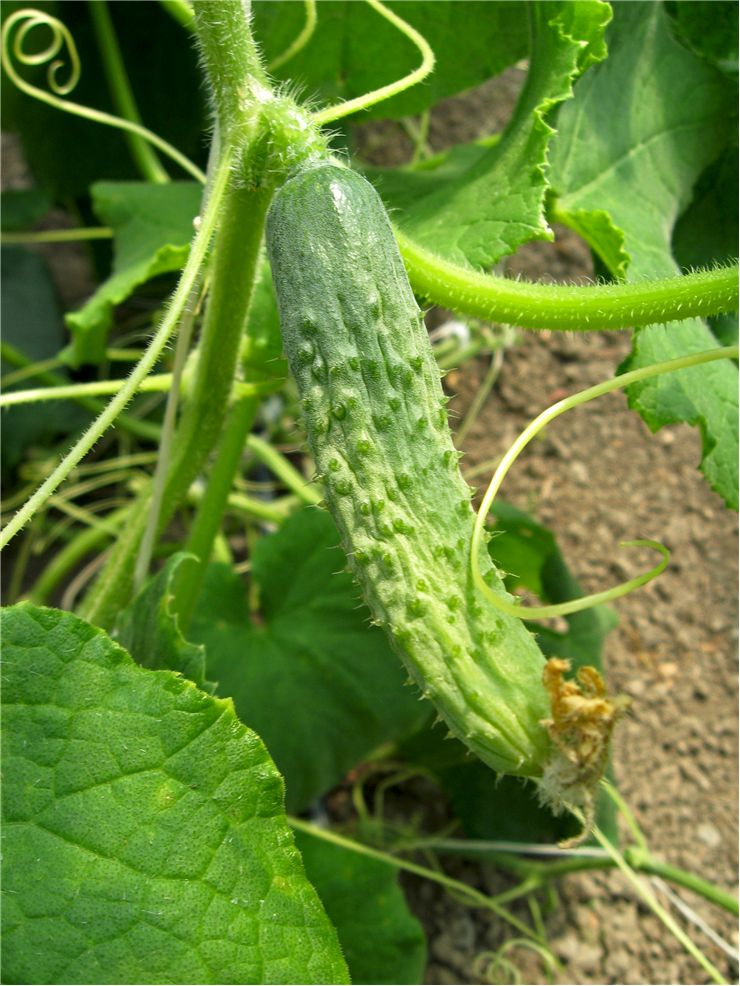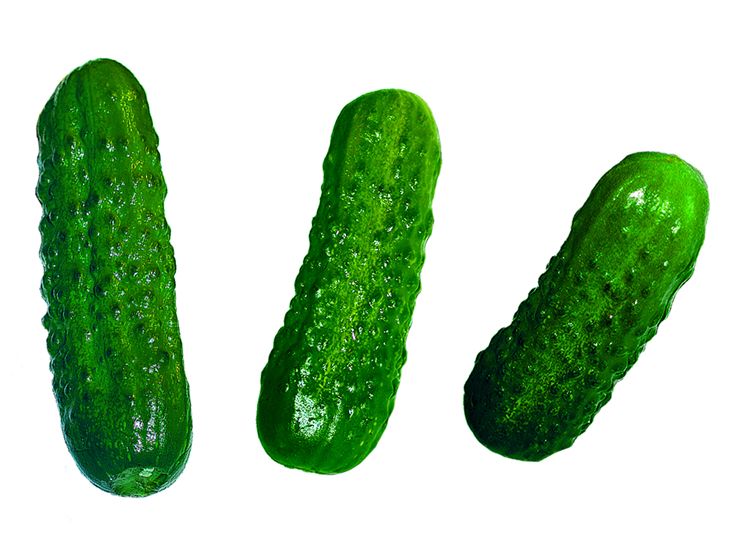History of Cucumbers
Cucumber is a popular cultivated plant in the gourd family Cucurbitaceae that managed to captivate our attention from the moment it appeared in ancient India. Since that pivotal moment over 4000 years ago, cucumber was spread beyond Indian borders, moved through Ancient Greece, Rome, Europe, New World, China, and eventually becoming fourth most widely cultivate vegetable in the world. This journey was filed with golden periods when they were viewed as integral parts of many culture’s cuisines, and sometimes they were treated as bringers of disease.
Home for cucumbers (which have three main varieties - "slicing", "pickling", and "burpless") originated from Ancient India where it grew in the wild. Around 2-3 millennia BC, early Indian civilization managed to domesticate cucumber and start infusing it into their rich cuisine. As time went by, their manufacturing capabilities expanded, and in 1st millennia BC they started trading with Middle Eastern civilization and Europe. The most famous example of cucumber finding home in Middle East can be found in the legends of the ancient Ur and the sagas of Gilgamesh. Later on, Greek civilization embraced cucumbers and started calling them síkyon (σίκυον). During those times, cucumbers also reached Turkey, Bulgaria, Africa, Modern-day Serbia and Italy.

Roman Empire was the place where cucumbers were truly embraced by both nobility and lower classes. The ease of production and wide variety of types and tastes ensured that cucumbers remained popular in Italy for several centuries. In addition to eating, cucumbers were also widely used as a source of several medicinal remedies (both cultivated and wild cucumbers of cucumbers were used for creation of over various 40 remedies). They treated everything from bad eyesight, scared mices, cured scorpion bites, and carried around wastes by wives who wished to have children. The most famous example of cucumbers fascination in Ancient Rome came during the short reign of Emperor Tiberius (14 – 16 AD) who demanded to eat cucumber on every day of the year. During summer special gardens were tended just for his vegetables, and in winter cucumber was grown on moveable bed frames that were moved to be exposed to the sun, or illuminated with the mirror-stones.
After the fall of Rome, cucumbers receded from popularity for long amounts of time. They resurfaced on the court of Charlemagne in 8th and 9th century, and arrived in England in 14th century. That first interaction with English population was not successful, but cucumbers returned there in mid-17th century when they managed to take hold.
Age of Discovery proved to be a very important factor of spreading cucumber all across the word. Christopher Columbus brought cucumbers to Haiti in 1494 where they were grown by Spanish settlers and distributed further across New World. During 16th century, European trappers in North America introduced cucumbers to the native Indians in the region of Great Plains and the Rocky Mountains. Those tribes quickly saw the potential and nutritious value of cucumbers and watermelons, integrating them into immediately into their fields. The best Native American cucumber farmers were located on the lands of modern North and South Dakota.

During 18th century, expansion of cucumbers across North America suddenly stopped when several medicinal journals started reporting that cucumbers and all similar vegetables that were not cooked represented serious health risk. Discouraged by those misconceptions, cucumber use plummeted across the continent, which was reversed only in 19th century.
In 2010 worldwide cucumber production was 57.5 million tons, with majority of the world’s production and export being located in China (40.7 million tons).

